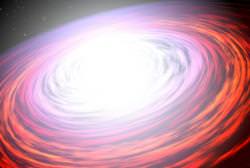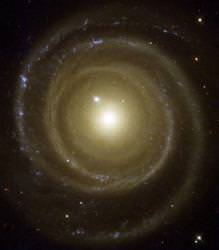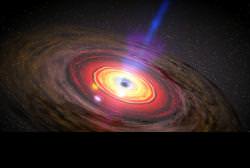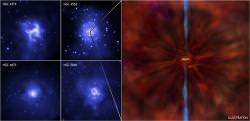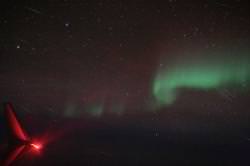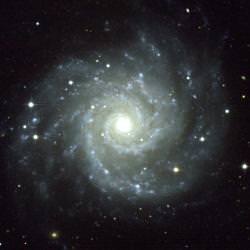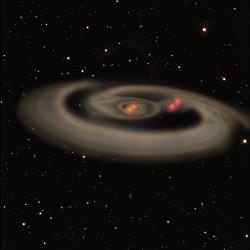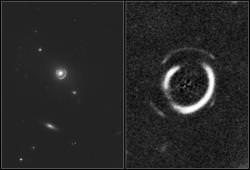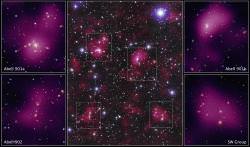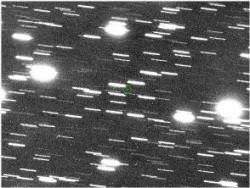When a star like our Sun dies, it’ll end up as a white dwarf. And if a star contains 1.4 times the mass of the Sun, it’ll have enough gravity to turn into a neutron star. Much bigger stars turn into black holes. But now it turns out, neutron stars can be much more massive than astronomers previously believed – and making black holes might be much more difficult.
Astronomers working with the Arecibo Observatory in Puerto Rico have increased the mass limit you need for a neutron star to turn into a black hole.
Paulo Freire, an astronomer from Arecibo presented his latest research at the Winter meeting of the American Astronomical Society, “the matter at the center of a neutron star is highly incompressible. Our new measurements of the mass of neutron stars will help nuclear physicists understand the properties of super-dense matter. It also means that to form a black hole, more mass is needed than previously thought. Thus, in our universe, black holes might be more rare and neutron stars slightly more abundant.
When these massive stars run out of fuel, they collapse down and then explode as a supernova. The core of the star is instantly compressed into a neutron star; an extreme object with a radius of roughly 10 to 16 km across and a density of billions of tonnes per cubic centimetre. A neutron star acts like a single, giant atomic nucleus.
Astronomers used to think that neutron stars needed between 1.6 and 2.5 times the mass of the Sun to collapse – any bigger and you’d get a neutron star. But the new evidence from Arecibo pushes this limit up to 2.7 times the mass of the Sun.
Although that sounds like a slight amount, it can actually have a significant impact on the ratio of neutron stars to black holes in the Universe.
In fact, scientists don’t fully understand how dense neutron stars can really be, and when they might actually switch over to become black holes, “the matter at the center of neutron stars is the densest in the Universe. It is one to two orders of magnitude denser than matter in the atomic nucleus. It is so dense we don’t know what it is made out of,” said Freire. “For that reason, we have at present no idea of how larger or how massive neutron stars can be.”
Original Source: Cornell University

